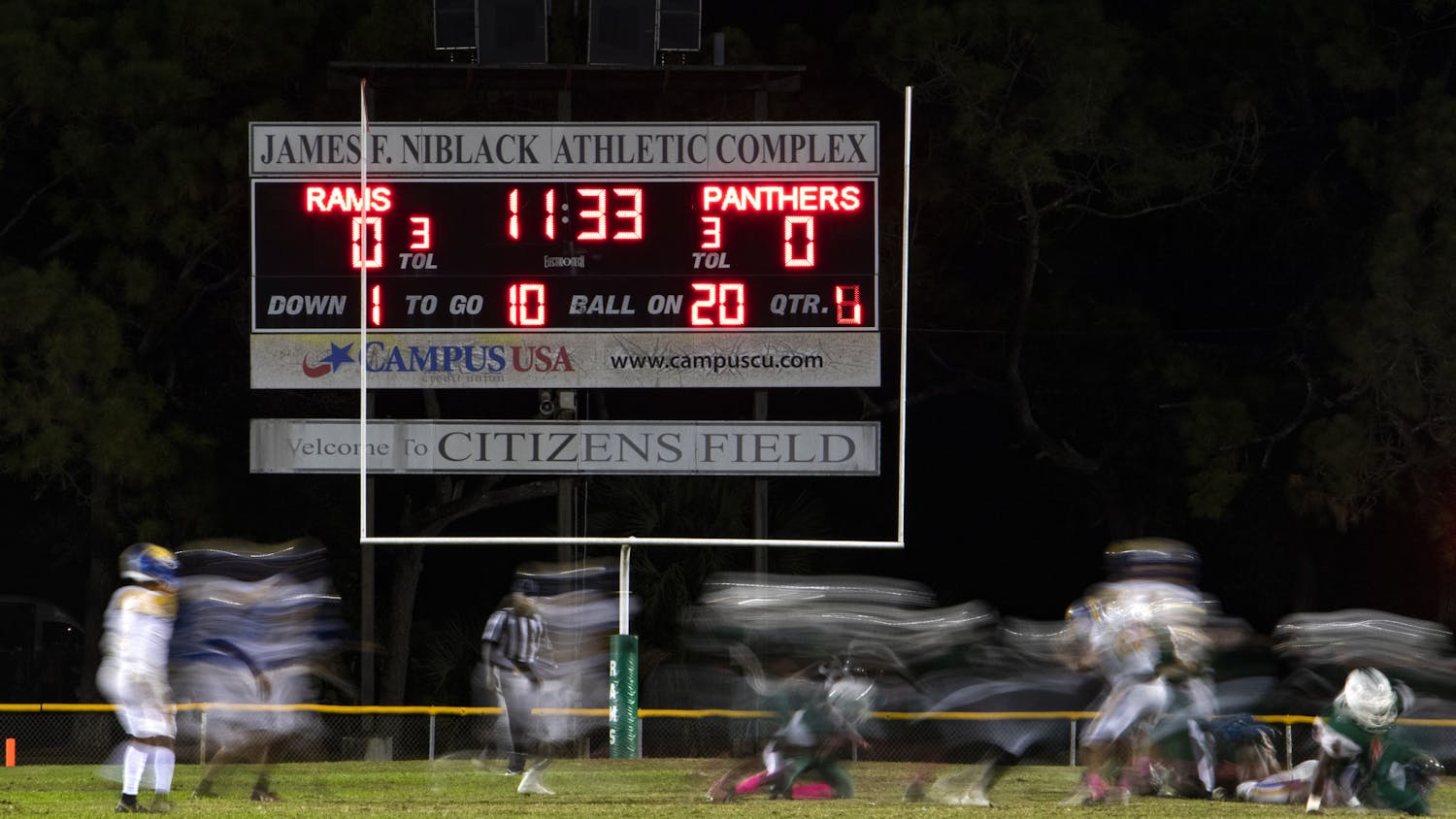Enrollment at the University of Florida has steadily increased over the last two years. Since 2021, UF saw a notable rise in first-time student enrollment numbers. However, there is one group whose numbers continue to stay low: transfer students.
A smaller number of transfer students means fewer programs catered to them, leading to fewer chances for community compared to students who attend UF as freshmen.
In universities across the United States, transfers represented an average of 13.2% of 11.7 million undergraduate students in Fall 2023.
Transfer students at UF made up 18% of the 10,027 undergraduate students enrolled in Fall 2024.
Reasons for transferring
There are many reasons why people might choose to attend a community or state college instead of a university after high school.
Dan Rodkin, the associate vice president of student affairs at Santa Fe College, said some students choose state colleges because they aren’t initially admitted to their preferred university.
High costs associated with attending a four-year university also encourage students to start at community colleges. These options allow them to stay local to their own communities while being affordable and accommodating for students of many ages, he said.
“They live at home, they stay with family, they are responsible for family or they have children of their own,” Rodkin said. “Relocating to Gainesville to go to university is not an option.”
The transfer process
Most transfer students come from two-year institutions like state and community colleges.
After receiving an associate degree from a two-year college, a student can apply to transfer to a four-year university for a bachelor's degree.
UF received transfers from 29 Florida community and state colleges between 2014 and 2024, according to currently available data.
Santa Fe, UF’s neighboring four-year state college, is a popular first step for some transfers.
Thomas DuPree, a 20-year-old student, graduated from Santa Fe with an associate degree in May. DuPree will start at UF in Fall 2025 as a microbiology and cell science major.
DuPree was told it would be complicated transferring to UF, but he said the process was “a lot more streamlined” for him than what was explained to him. He used UF’s transfer degree guide to ensure he was taking the right courses at Santa Fe to meet both schools’ requirements.
He applied to UF in early March and was accepted to the College of Liberal Arts and Sciences in May.
Transfers look for community
On campus, a lack of clubs specifically for transfers at UF makes it difficult for them to find each other on campus.
Chloe Layton, a 23-year-old UF business administration alumna of the Class of 2025, transferred from St. Johns River State College in Orange Park, Florida, in Fall 2023.
The transfer experience can be overwhelming, Layton said.
“That experience is a lot of navigating a bigger campus, a bigger community, more opportunities of ways to get involved,” Layton said. “It definitely had its challenging moments, but [it was] well, well worth it.”
Transfer students from non-residential colleges outside Gainesville often miss out on the traditional freshman experience. Halfway through the typical college timeline, they must build their community from scratch and adjust to living in a new city, Layton said.
Most transfer-specific resources are managed by the individual colleges. First Year Florida is a university-wide course offered to all first-year students, regardless of transfer status. There are also orientation programs for incoming UF transfer students.
Layton met other transfer students through the UF Warrington College of Business transfer success seminar, including two friends who are now her roommates.
Natalie Flechas, a 22-year-old UF alumna, chose to attend a two-year college over starting at a four-year university because of financial reasons. She transferred from the College of Central Florida in Ocala.
“Even though you’re going into your junior year, it’s genuinely like you’re starting as a freshman because there are so many transitions,” Flechas said.
Throughout her time at UF, Flechas was not involved on campus because she was working but still secured internships and a job after graduating, she said.
Flechas said students at UF believe that in order to get the job they want, they have to be in clubs starting freshman year and have a perfect GPA.
“Just because you don’t fit that mold [does] not mean that you don’t have the access to and the same opportunities as them,” she said.
She graduated from UF in May with a bachelor’s in marketing and a minor in retail.
To help with the transition, UF would benefit from a university-wide mentor and mentee program for transfer students, she said.
Gators of Tomorrow, a UF leadership development club, accepts first-year transfer students to its cohort alongside freshmen.
Flechas said transfer students would appreciate the community of a club. There, they can find support and guidance from previous transfers, she said.
“It can be hard when you don’t have an example of someone who did it,” Flechas said, “and be like, OK, it’s not impossible.”
Transfer students have a place on campus but have to find it first, she said.
“We all belong here, we all got in here,” Layton said. “So just be able to enjoy the time you have here.”
Contact Alanna Robbert at arobbert@alligator.org. Follow her on X @alannafitzr.

Alanna is a journalism senior and the Fall 2025 data reporter for The Alligator's Enterprise desk. She was previously a general assignment reporter for metro. Outside of reporting, she is found either with a book, in the gym or with friends playing pool.






